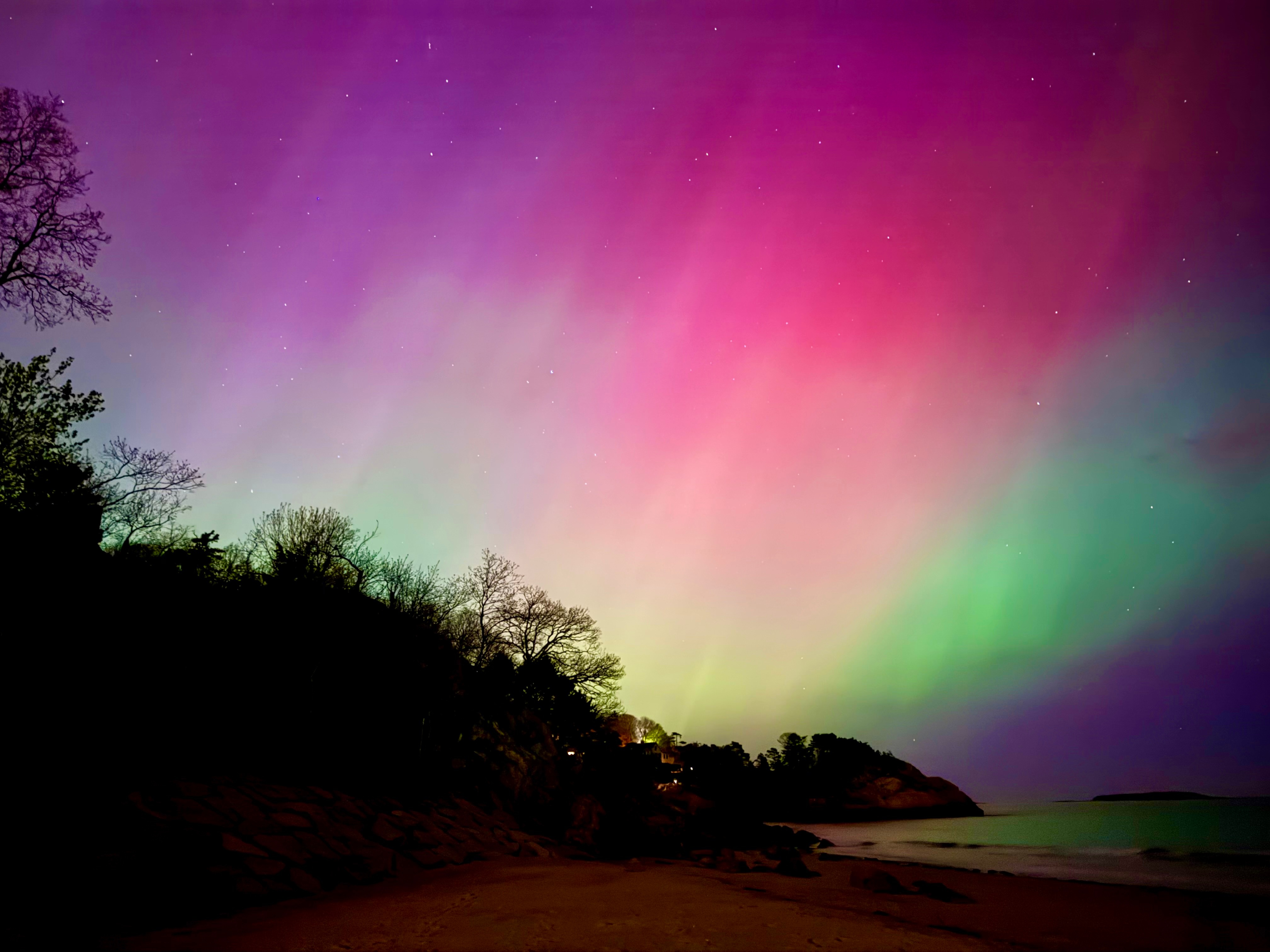A new La Niña forecast has been released as winter nears, but what does that mean for the Chicago area?
According to the National Weather Service's Climate Prediction Center, La Niña is favored to emerge and is expected to persist through sometime between January and March of 2025, though chances dropped from 71% down to 60%.
The latest prediction stresses, however, that signs points to a "weak and short duration La Niña."
So how could that impact Chicago's winter?
Chicago just had its warmest September in 64 years, but that can quickly change.
Typically, a La Niña winter places the jet stream in a position to bring overall colder and sometimes snowier patterns during the winter months to the Midwest. The correlation to La Niña and a colder winter in Chicago is greater during a strong La Niña season, but significantly less during a weak La Niña season.
"A weaker La Niña implies that it would be less likely to result in conventional winter impacts, though predictable signals could still influence the forecast guidance," the latest forecast states.
Weather
Last year saw the strongest El Niño winter since 2015 and it ended up being the 5th warmest winter on record in Chicago.
The impacts on the winter forecast remain to be seen. The National Oceanic and Atmospheric Administration's seasonal outlook for winter is set for release on Oct. 17.
Feeling out of the loop? We'll catch you up on the Chicago news you need to know. Sign up for the weekly Chicago Catch-Up newsletter.
It's important to note, the past few winters have been very mild in Chicago, so even an “average” winter is going to feel colder than recent years.
What is El Niño, La Niña, and ENSO?
ENSO stands for El Niño Southern Oscillation, and the ENSO pattern alternates between El Niño, La Niña, and ENSO-neutral. ENSO-neutral conditions mean neither El Niño or La Niña patterns are present.
Typically, each El Niño or La Niña pattern can last for one or two years.
El Niño emerges when the trade winds near the equator in the Pacific Ocean are out of the west. This carries in warm water across the surface of the Pacific Ocean.
A La Niña pattern emerges when the winds shift out of the east. An easterly wind coming off the coast of South America causes upwelling of deep, cool ocean waters to rise to the surface and drift westward.
These alternating patterns ultimately impact the position of the jet stream, and can have global impacts on weather patterns.
NOAA will release its monthly update on our emerging La Niña on Oct. 10.



